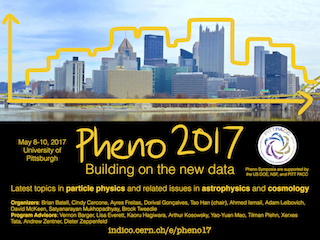Speaker
Description
Recent detections by LIGO have shown evidence of black hole mergers in the galaxy. While current black hole formation is well understood, numerous works have investigated methods through which they could be created in the early universe. We investigate constraints on the abundance of these black holes known as primordial black holes (PBHs) in the mass range $10^{15}-10^{17}$ g using data from the Cosmic Microwave Background (CMB) and extragalactic gamma-ray background (EGB). PBHs in this mass range emit energy through Hawking radiation which leaves an imprint on the CMB through modification of the ionization history and the damping of CMB anisotropies. Using a model for redshift dependent energy injection efficiencies, we show that a combination of temperature and polarization data from Planck provides the strongest constraint on the abundance of PBHs for masses $\sim 10^{15}-10^{16}$ g, while the EGB dominates for masses $\gt 10^{16}$ g. Both the CMB and EGB now rule out PBHs as the dominant component of dark matter for masses $\sim 10^{15}-10^{17}$ g. Planned MeV gamma-ray observatories are ideal for further improving constraints on PBHs in this mass range.
